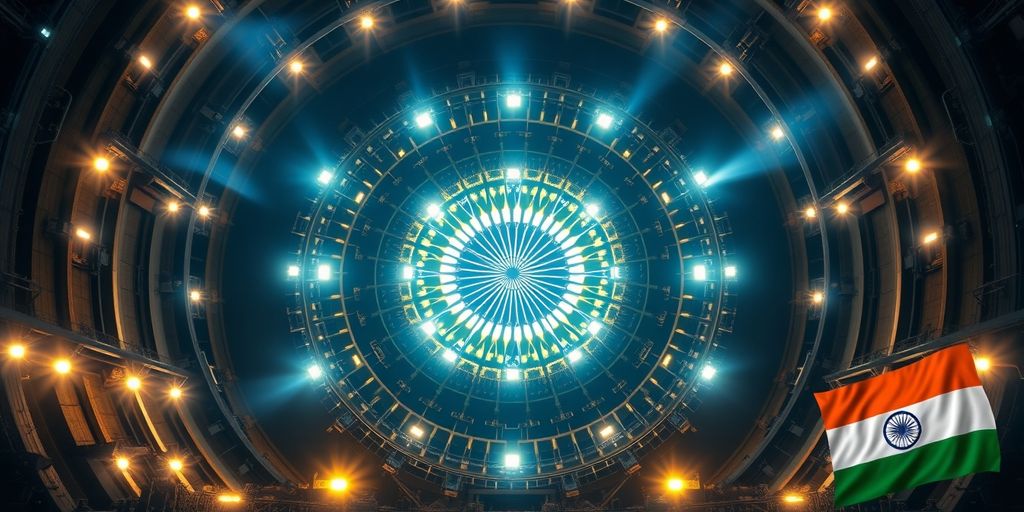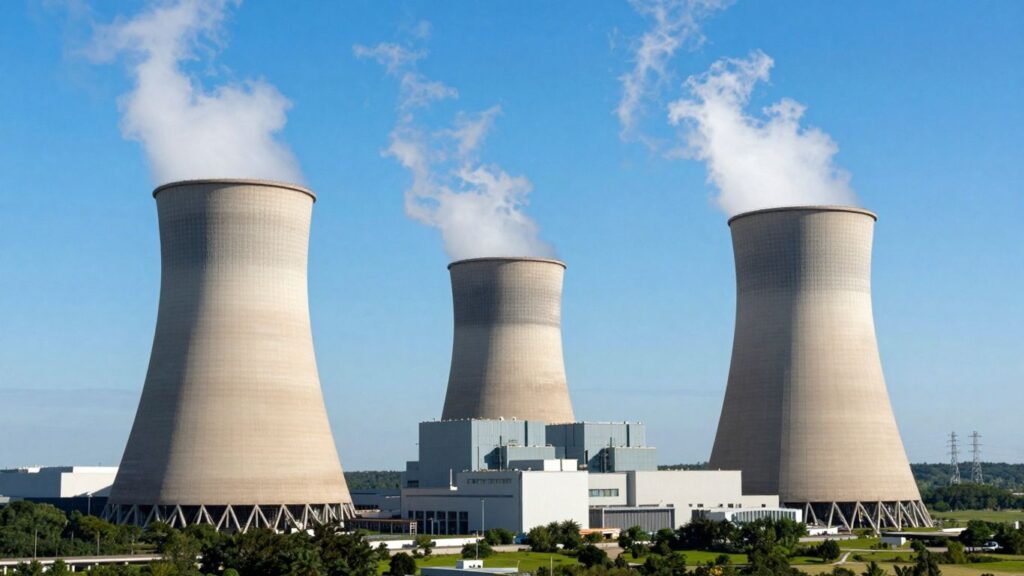India is significantly expanding its nuclear energy capacity, with a strong focus on leveraging thorium, a more abundant alternative to uranium. This strategic push aims to meet growing power demands, reduce emissions, and enhance energy security. The International Atomic Energy Agency (IAEA) has analyzed thorium’s potential, while India is actively pursuing collaborations and indigenous development of thorium-based reactors, including Small Modular Reactors (SMRs).
India’s Nuclear Ambitions and Global Resurgence
India is making a substantial commitment to nuclear energy as part of its strategy to power its growing economy and curb emissions. Globally, nuclear power is experiencing a resurgence due to energy security concerns and climate goals, with many nations pledging to triple nuclear capacity by 2050. India ranks sixth in nuclear capacity addition, with plans to reach 22.48 GW by 2031-32 and 100 GW by 2047. This expansion is supported by indigenous reactor designs, innovative fuels, and public-sector ventures.
- India aims for 100 GW nuclear capacity by 2047.
- Global commitment to triple nuclear capacity by 2050.
- India ranks sixth in nuclear capacity addition.
Thorium: A Promising Fuel for the Future
Thorium, three to four times more abundant than uranium, offers several advantages, including the potential to generate more fissile material than it consumes and produce less long-lived nuclear waste. While currently more expensive to extract and requiring further research and development, its potential as a long-term energy solution is significant. India, possessing substantial thorium reserves, is keen to harness its benefits.
Small Modular Reactors and Thorium Integration
India is actively exploring Small Modular Reactors (SMRs), which are smaller, factory-assembled units with capacities typically around one-third of traditional reactors. Collaborations with countries like Russia (through an MoU with Rosatom for thorium-based SMRs in Maharashtra) and France are underway. The Bhabha Atomic Research Centre (BARC) is also developing indigenous SMR designs. The integration of thorium into these SMRs is seen as a key step towards reducing waste and import dependence.
Addressing Challenges and Future Outlook
Challenges in India’s nuclear expansion include public protests, high capital costs, and fuel supply constraints. However, opportunities lie in providing stable baseload power for a renewable-heavy grid and acting as a powerful decarbonization tool. Experts like Anil Kakodkar emphasize exploring fuel cycle options, including early integration of thorium, to accelerate nuclear capacity addition and overcome delays in the Fast Breeder Reactor program. The private sector’s role in scaling up the nuclear program is also being considered.
Sources
- The nuclear investment thesis: India’s atomic energy expansion story, The Economic Times.
- India’s mega push for nuclear power will lead to decarbonised economy by 2070, Awaz The Voice.
- Thorium’s Long-Term Potential in Nuclear Energy: New IAEA Analysis, IAEA.
- Maharashtra signs MoU with Russia’s ROSATOM to develop thorium-based Small Modular Reactor, The Economic Times.
- ‘Must explore fuel cycle options instead of reactor options to step up nuclear capacity, bring thorium into
the mix early’: Anil Kakodkar | Business News, The Indian Express.












